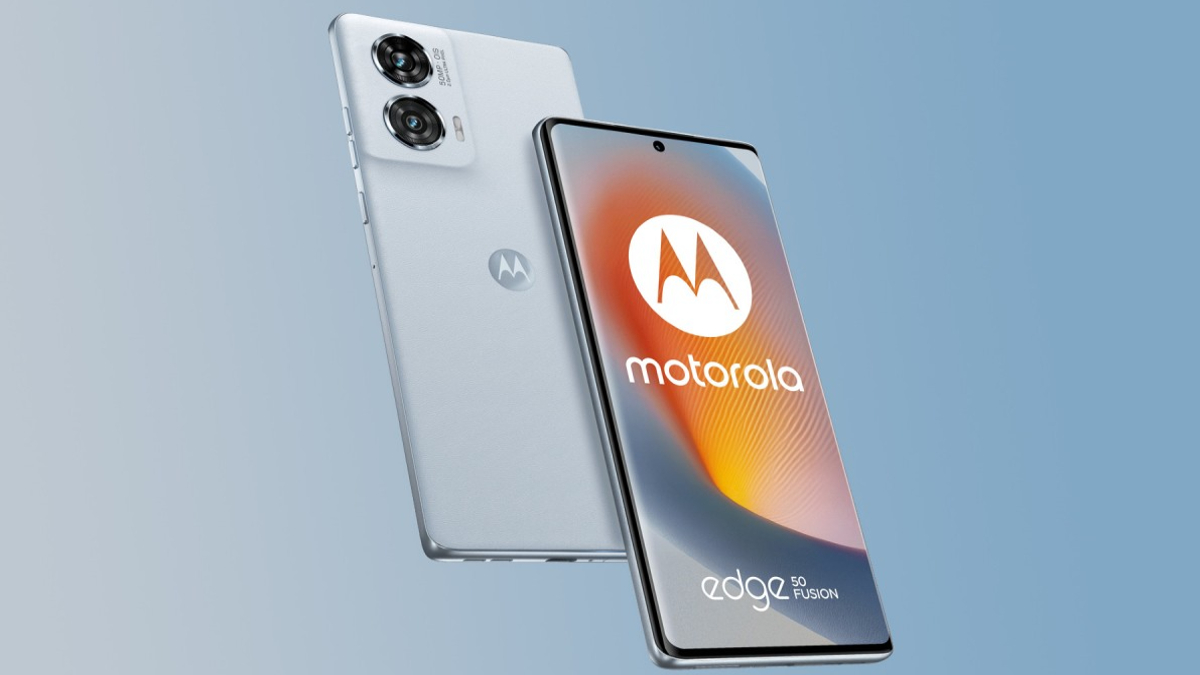Just In
- 10 hrs ago

- 10 hrs ago

- 11 hrs ago

- 12 hrs ago

Don't Miss
- Finance
 1:4 Bonus Shares, Rs 7 Dividend: Big Update Announced; Buy The FMCG Stock?
1:4 Bonus Shares, Rs 7 Dividend: Big Update Announced; Buy The FMCG Stock? - Lifestyle
 Kamada Ekadashi 2024 Wishes: Greetings, Messages, Texts, Images, Twitter Status And Instagram Captions
Kamada Ekadashi 2024 Wishes: Greetings, Messages, Texts, Images, Twitter Status And Instagram Captions - Sports
 Who Won Yesterday's IPL Match 33? PBKS vs MI, IPL 2024 on April 17: Mumbai Indians Escape Last-Ditched Fight by Punjab Kings To Win
Who Won Yesterday's IPL Match 33? PBKS vs MI, IPL 2024 on April 17: Mumbai Indians Escape Last-Ditched Fight by Punjab Kings To Win - Movies
 Do Aur Do Pyaar OTT Release Date & Platform: When & Where To Watch Vidya Balan’s Film After Theatrical Run?
Do Aur Do Pyaar OTT Release Date & Platform: When & Where To Watch Vidya Balan’s Film After Theatrical Run? - News
 BRS Chief K Chandrasekhar Rao Slams BJP, Says K Kavitha's Arrest Is Vendetta Politics
BRS Chief K Chandrasekhar Rao Slams BJP, Says K Kavitha's Arrest Is Vendetta Politics - Automobiles
 Aprilia RS 457 Accessories: A Detailed Look At The Prices
Aprilia RS 457 Accessories: A Detailed Look At The Prices - Education
 Karnataka SSLC Result 2024 Soon, Know How to Check Through Website, SMS and Digilocker
Karnataka SSLC Result 2024 Soon, Know How to Check Through Website, SMS and Digilocker - Travel
Telangana's Waterfall: A Serene Escape Into Nature's Marvels
Are pop-up cameras and other movable parts the new wave in smartphone hardware?
Here's how the new wave of hardware will change the norms of the industry.
The battle to achieve the highest screen-to-body ratio is getting fiercer each passing day. And with the growing competition, OEMs have made a shift towards incorporating moving parts into their devices. For instance, Oppo recently unveiled its Find X smartphone, which currently holds the record for the highest screen-to-body ratio for a smartphone at 93.8 percent. This wouldn't have been possible if the company had used the conventional method of placing the camera sensors or the controversial notch.

In turn, Oppo used a motorized mechanism that has both front and rear cameras on it and rises up when the camera is required. Though it looks very cool, placing a moving part in a smartphone is a whole different ball game altogether. The previous record holder was the Vivo Nex, which had a screen-to-body ratio of 91.24 percent. Vivo placed the rear camera on the rear panel, however, the front camera was placed on a pop-up frame that comes out when the front camera is required. The device also features an in-display fingerprint scanner and uses the screen as an audio speaker.

Truly bezel-less experience
The main motive behind the advent of both Oppo Find X and the Vivo Nex is to give their users a truly bezel-less smartphone experience. The move of placing cameras on a motorized frame also seems to bring a new wave of hardware in the industry. This could well be one of those gimmicks that the smartphone makers introduce to make their devices stand out in the much-crowded market.
Smartphones with narrow bezels are without a doubt beautiful, but placing a moving part or a pop-up camera doesn't seem like a long-term solution. The biggest issue would be the age of the mechanical parts that will go up and down numerous times a day. Movings parts can fail over time. The best example would be the power windows used in cars. While both Vivo and Oppo claim to have put their devices through stringent tests to check the reliability of mechanical parts. But we will have to wait and see how it translates to the real world.
Even if the moving parts manage to survive for a long time, there are other areas of concern. Firstly, putting a protection case would be hard on devices with moving parts. We might, however, see specifically designed cases for such smartphones. Also, the water and dust resistance of the phones will also be a huge issue. And, not to mention the cost of repair if the motorized parts fail.

History of gimmicks
These aren't the first companies to have gone out of their ways to make their devices stand-out. We've come across a lot of new hardware designs in the past few years. For instance, Motorola came up with the concept of Moto Mods that allow users to connect accessories to their Moto Z phones. Users were offered Mods that allowed for better photography or turning the phone into a gaming console.
Then came the Essential Phone, which also offered accessories that can be connected using the magnetic connector. Recently, the industry also witnessed a wave of high-end gaming smartphones that offer top-of-the-line specifications such as 90Hz-120Hz displays and special cooling systems. Red was the first one to bring a 3D holographic display with its Hydrogen One, which the company refers to as the 4 View display. It is meant to offer a 3D look to the videos played on the screen.
And this doesn't end here. We could soon expect foldable smartphones making their way into the mainstream market. Major manufacturers such as Samsung, Huawei, and LG are said to be working on their respective versions of foldable smartphones. While phones with two separate displays have already seen the light of day, Samsung is said to be building a phone with a real flexible display and could be possibly launched in 2019.
That being said, not all the hardware advancements fall under the gimmick moniker, as some of them actually make a difference to the user experience. For example, the triple camera setup on the Huawei P20 Pro, the 3D facial recognition on the iPhone X, and the in-display fingerprint sensor on a few newly launched smartphones like Vivo Nex and Vivo X21.
As mentioned earlier, Vivo Nex also uses the display as a microphone, allowing manufacturers to free up space for more tech. Samsung and LG are also said to ditch the standard speakers with their upcoming flagships.

Battle for exclusivity
Smartphone makers are aware of the fact that launching a smartphone with a faster processor and higher RAM just won't do. Adding an extra edge to the overall package is what counts.
In order to make their products disruptive and stand-out among others, the changes are important on both hardware and software fronts. What remains to be seen is whether these new hardware alterations are here to stay or will fade away quickly due to lack of practicality and potential.
And judging by the track record of devices with out-of-the-box features, it's pretty evident that hardly any of them made a mark on the face of the industry. Not to blame the new feature it came with but it had to largely do with the right market and price-point. Manufacturers should also consider the price to performance ratio and not just add novelty in terms of design while incurring a sky-rocketing cost. Some would say these unique devices are literally "Novelty Products," not for the masses.
-
99,999
-
1,29,999
-
69,999
-
41,999
-
64,999
-
99,999
-
29,999
-
63,999
-
39,999
-
1,56,900
-
79,900
-
1,39,900
-
1,29,900
-
65,900
-
1,56,900
-
1,30,990
-
76,990
-
16,499
-
30,700
-
12,999
-
62,425
-
1,15,909
-
93,635
-
75,804
-
9,999
-
11,999
-
3,999
-
2,500
-
3,599
-
8,893












































